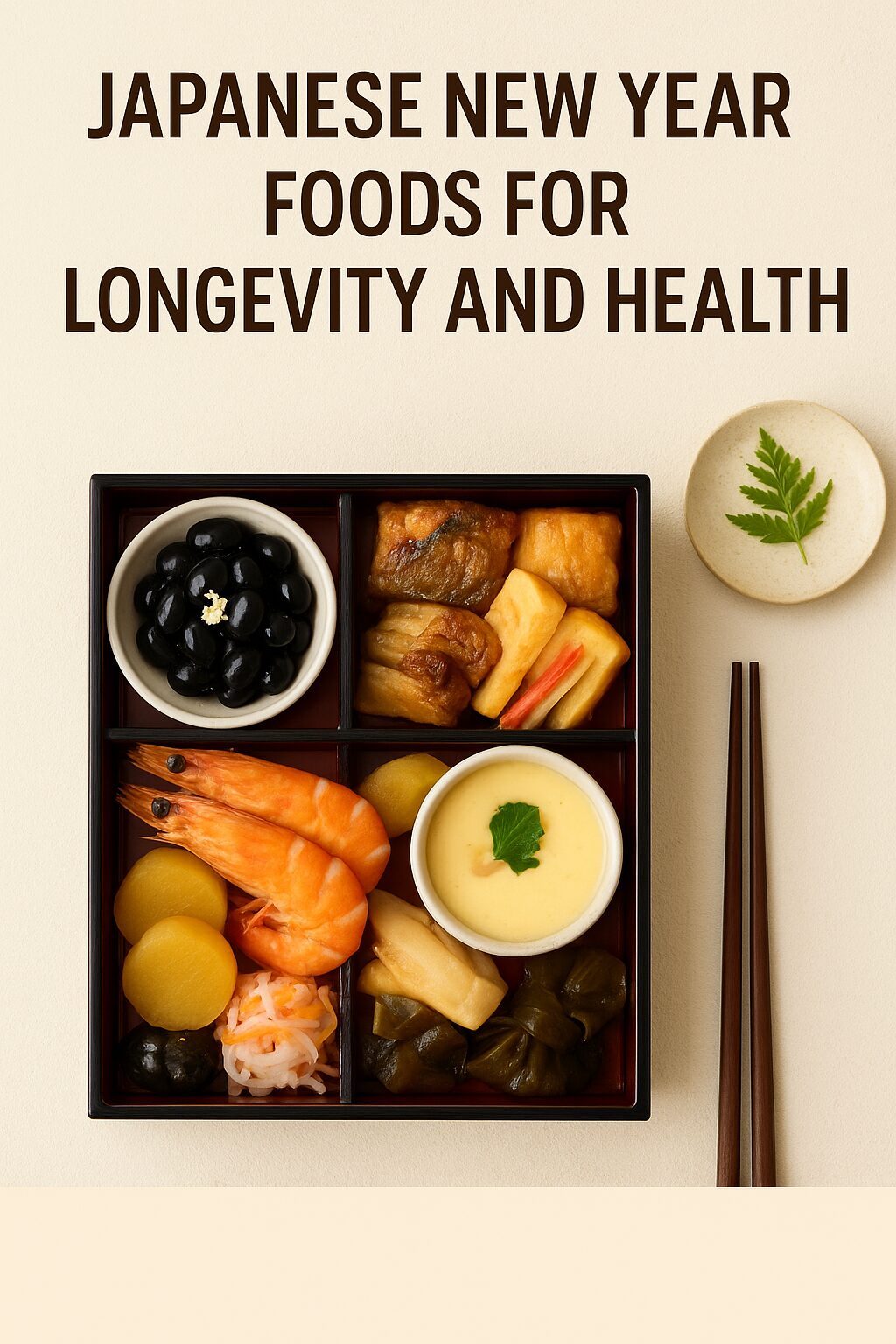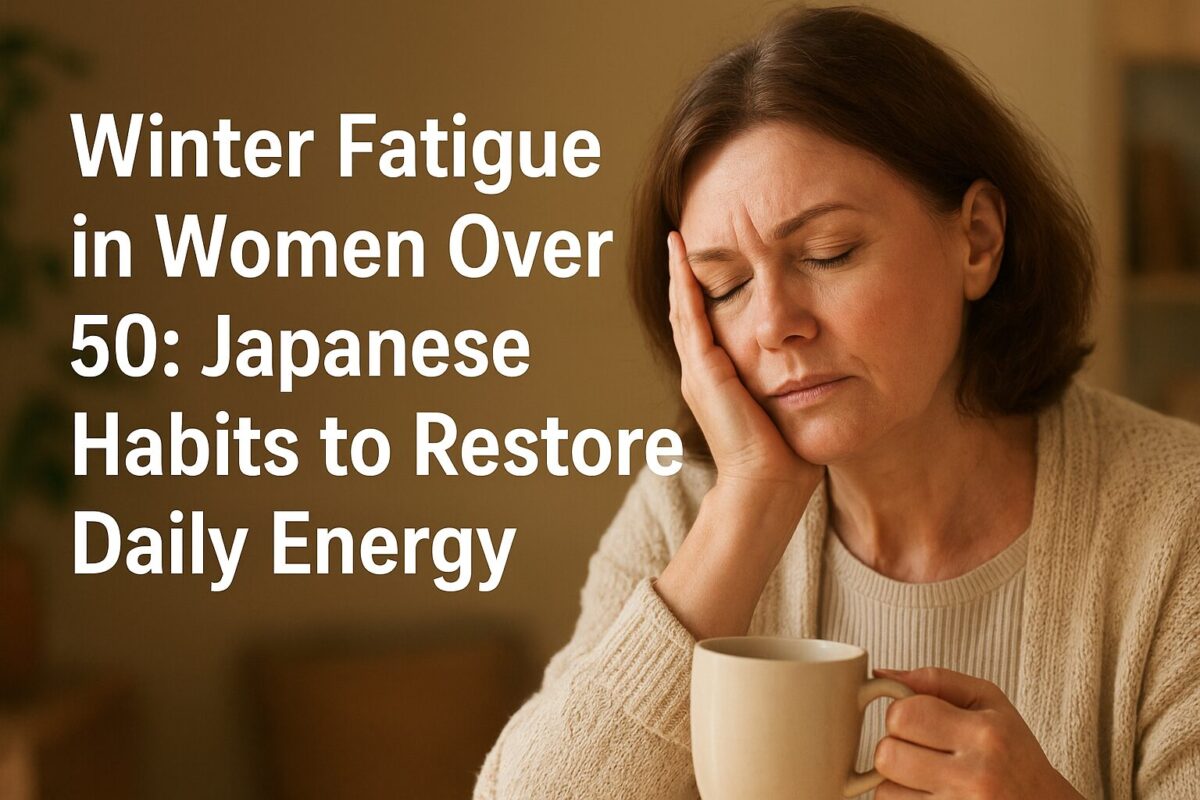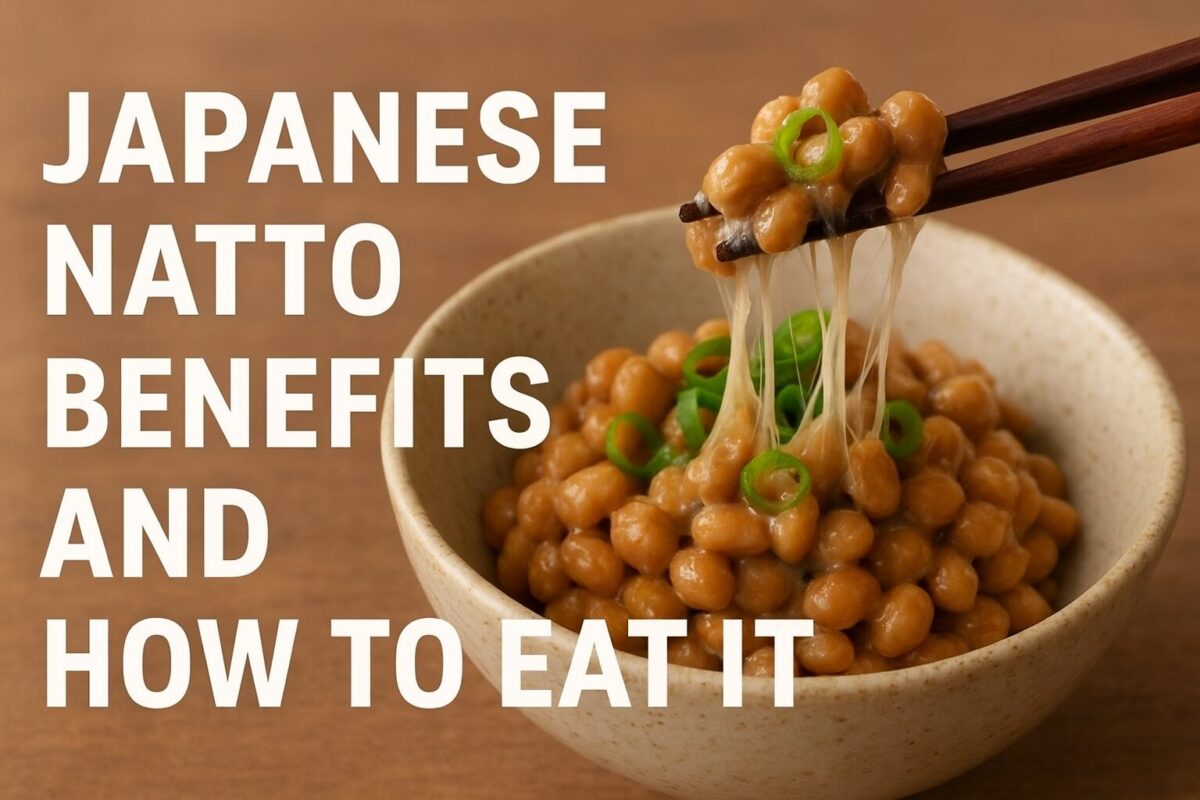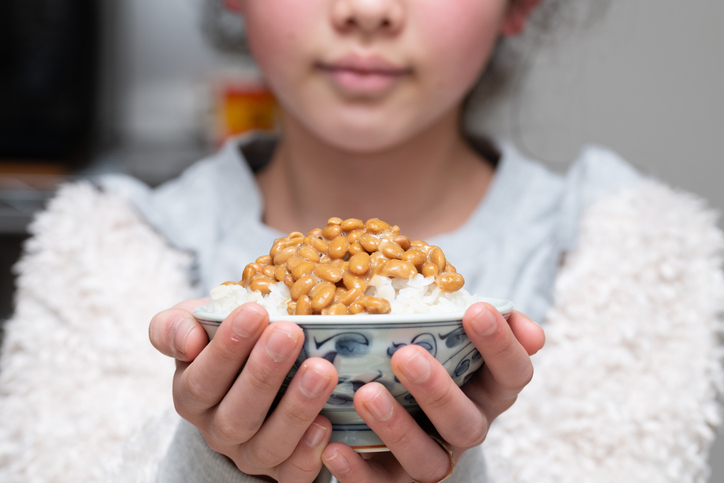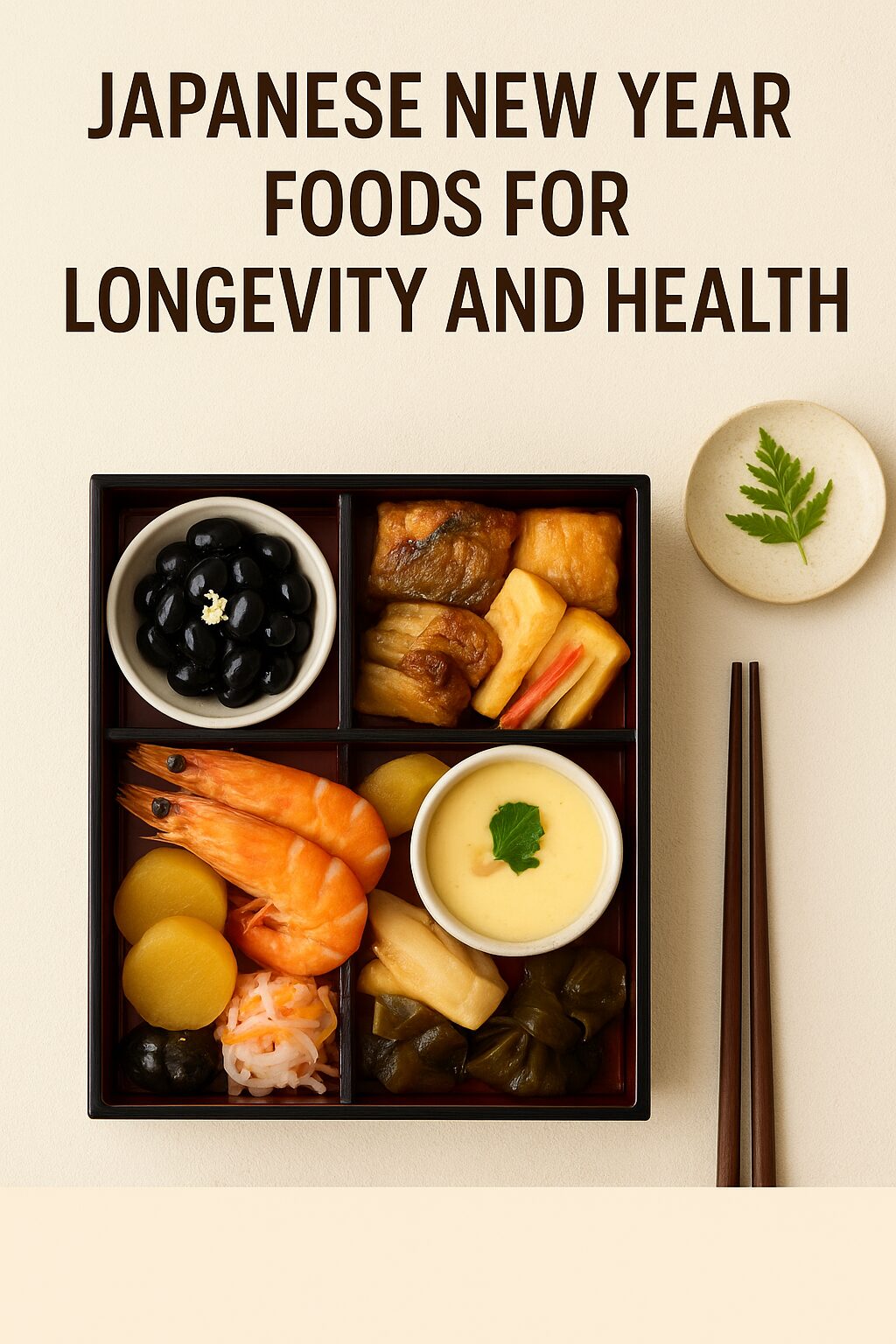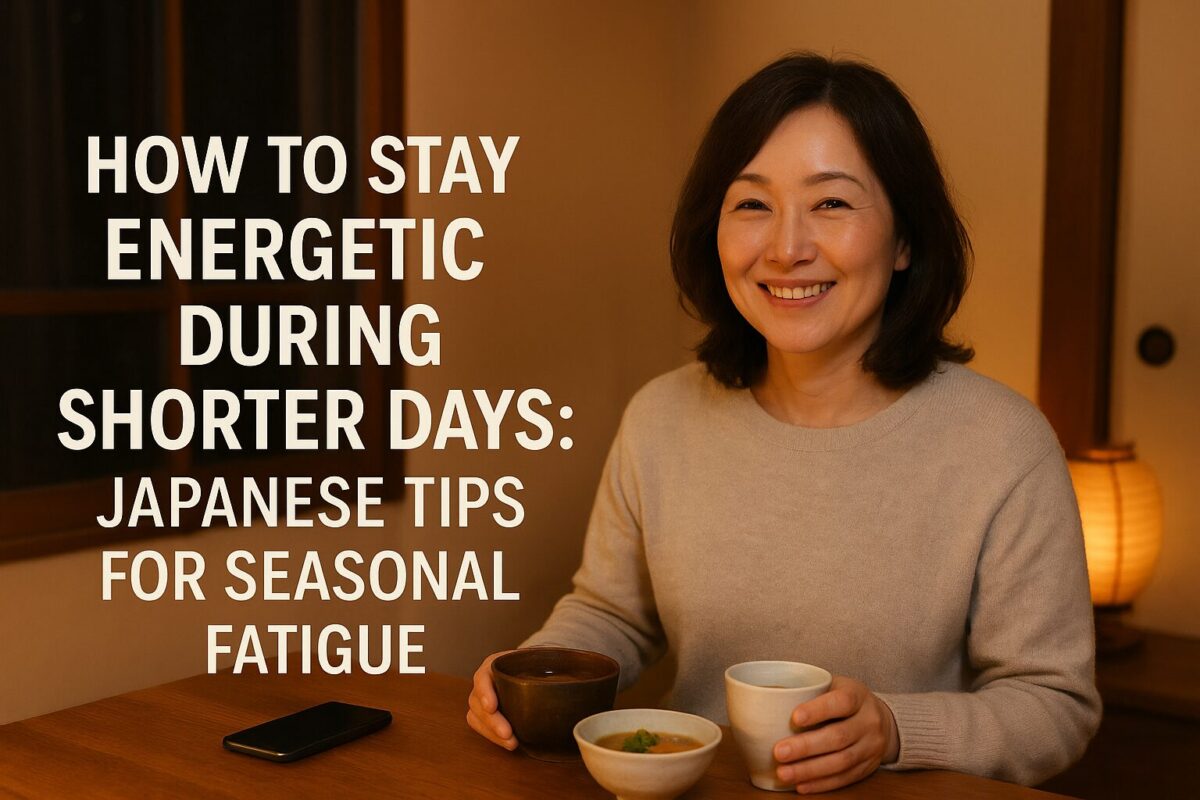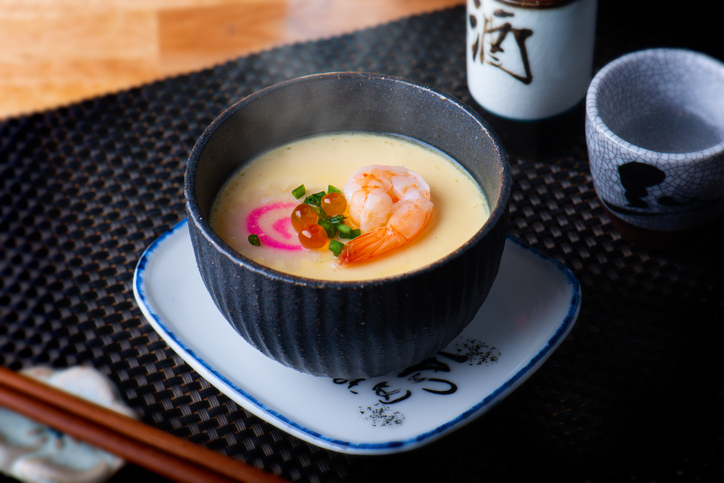Why Winter Sleep Trouble Gets Worse After 50
Many women notice that sleep becomes more difficult as winter approaches—especially after 50. Shorter daylight hours, colder temperatures, and hormonal changes during menopause can combine to disrupt the body’s natural sleep rhythm.
You may experience:
-
Difficulty falling asleep
-
Waking up in the middle of the night
-
Feeling cold in bed despite heavy blankets
-
Light, unrefreshing sleep
In Japan, winter sleep problems are often addressed not with sleeping pills, but with daily habits that gently prepare the body for rest. Let’s explore how Japanese wisdom can help you sleep better naturally this winter.
How Cold Weather Affects Sleep in Midlife Women
As estrogen levels decline, the body becomes more sensitive to temperature changes. Cold extremities, especially hands and feet, can prevent the body from entering deep sleep.
At the same time:
-
Reduced sunlight lowers melatonin production
-
Stress hormones remain elevated in the evening
-
Circulation slows, making it harder to relax
Japanese approaches focus on warming the body from the inside and supporting the nervous system rather than forcing sleep.
Japanese Winter Evenings: Preparing the Body for Sleep
In traditional Japanese culture, sleep does not begin at bedtime—it begins hours earlier.
Common winter habits include:
-
Eating warm, light dinners
-
Taking a warm bath before bed
-
Reducing stimulation after sunset
These practices gently signal to the body that it is time to rest.
Warm Foods That Promote Better Sleep
Japanese winter meals are designed to warm the core without overloading digestion.
Sleep-friendly foods include:
-
Miso soup – Rich in fermented soy compounds that support relaxation
-
Stewed vegetables (nimono) – Easy to digest and warming
-
Ginger and scallions – Improve circulation and body heat
Avoid heavy, greasy foods at night, which can increase body heat unevenly and cause nighttime awakenings.
The Power of a Japanese-Style Evening Bath
One of the most effective Japanese sleep rituals is the evening bath.
A warm bath:
-
Relaxes muscles
-
Improves circulation
-
Lowers stress hormones
In Japan, people often soak in a warm bath 90 minutes before bedtime, allowing body temperature to rise and then fall naturally—triggering sleepiness.
Even a 10–15 minute warm bath or foot soak can make a noticeable difference.
Hormonal Balance and Winter Sleep
Menopause-related sleep problems often worsen in winter because hormonal fluctuations affect temperature regulation and stress response.
Supporting the body’s natural hormone production is key to long-term sleep improvement.
This is where fermented soy isoflavones—a staple of Japanese diets—play an important role.
How Japanese Soy Supports Natural Sleep Cycles
Traditional Japanese foods like natto and miso contain aglycone isoflavones, which are easier for the body to absorb.
These compounds help:
-
Support estrogen balance
-
Reduce nighttime restlessness
-
Promote calmness without sedation
For women who no longer eat fermented soy regularly, supplements inspired by Japanese nutrition—such as Juveriente Effisoy—offer a convenient way to maintain these benefits year-round.
Rather than forcing sleep, they support the body’s ability to return to its natural rhythm.
Light Exposure: A Hidden Cause of Winter Insomnia
In winter, many people spend mornings and afternoons indoors, which confuses the body clock.
Japanese sleep specialists emphasize:
-
Getting morning light exposure, even on cloudy days
-
Keeping evenings dim and calm
Try opening curtains early or taking a short morning walk to reset your circadian rhythm.
Simple Japanese-Inspired Night Routine
Here’s a gentle routine many Japanese women follow during winter:
-
Eat a warm, light dinner
-
Take a warm bath or foot soak
-
Drink caffeine-free herbal tea
-
Stretch lightly or practice deep breathing
-
Go to bed at a consistent time
Consistency matters more than perfection.
When Sleep Aids Aren’t the Answer
Many over-the-counter sleep aids can:
-
Cause grogginess
-
Reduce deep sleep
-
Lose effectiveness over time
Japanese approaches aim to restore sleep naturally, not suppress wakefulness.
By supporting circulation, digestion, and hormonal balance, sleep improves gradually—but sustainably.
Sleeping Better Through Winter, Naturally
Winter sleep trouble after 50 is common—but not inevitable.
By adopting Japanese-inspired habits such as:
-
Warming foods
-
Evening baths
-
Hormone-supportive nutrition
you can improve sleep quality without relying on medication.
Better sleep leads to:
-
More stable energy
-
Improved mood
-
Stronger immune health
This winter, focus on gentle, daily support, and let your body remember how to rest naturally.
Take Effisoy®, a natural supplement, to balance your hormone back.
If you are facing an age-related hormonal imbalance, rebalancing it will work with a balanced diet for your beauty, weight management, and daily wellness.
Juveriente®’s Effisoy, launched in 2016, based on fermented soy bean germ extract has been loved as a natural menopause relief since its launching in 2016.
Its primary function is to boost the weakened synthesis of a hormone precursor, DHEA. It helps the precursor, DHEA. Rebalancing the precursor will eventually recover your hormones in line with your natural balance. It will help recover the hormonal imbalance and help you address various issues in postmenopausal period.
Here are some of the real product reviews in our Amazon shop.
“Restful sleep finally!!”, “I Am Now Free of Hot Flashes!!”, “Lifesaver”








